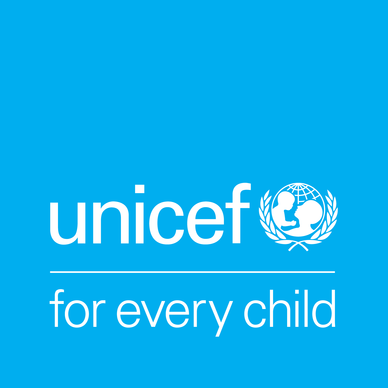21 June 2018 – Young children and babies in the UK are being disproportionately impacted by deadly levels of the most harmful type of air pollution, according to new analysis by Unicef UK.
The charity has revealed that one in three children in the UK (4.5 million) are growing up in areas with unsafe levels of particulate pollution.[1] This includes 1.6 million of all children aged five and younger, and 270,000 babies under one living in the most toxic air zones.
This Clean Air Day, Unicef UK is calling for the Government to prioritise and fund measures that target the worst-polluted areas and protect children from toxic air in places they live, learn and play.
Of the 20 local authorities with the largest proportion of babies living in them, almost three-quarters breach safe levels for particulate matter. Among the worst affected are children in Birmingham, London, Manchester, Liverpool and Bristol.
Evidence shows that particulate matter is the most lethal type of air pollution for human health – and children are the most vulnerable to its detrimental effects. Exposure to particulate matter during this critical stage of development can stunt children’s lung growth, affect brain development and could leave them with long-term health problems such as asthma. This not only impacts their health now, but limits their opportunities later in life. Long-term exposure could leave them suffering with lung cancer or cardiovascular disease as adults.
Every year, the health effects from PM2.5 exposure cost the NHS and social care over £40 million. Public Health England research shows that even the smallest improvement in air quality could reap massive rewards for children and the UK taxpayer.[2]
Amy Gibbs, Unicef UK’s Director of Advocacy, said: “We already know that air pollution is harmful, but these findings force us to face a shocking reality about the acute impact on children’s health. Worryingly, one-third of our children could be filling their lungs with toxic air that puts them at risk of serious, long-term health conditions.
“It’s unacceptable that the most vulnerable members of society, who contribute the least to air pollution, are the ones suffering most from its effects. We wouldn’t make our children drink dirty water, so why are we allowing them to breathe dirty air?
“There are practical solutions to protect our children from the harm air pollution can cause. The Government must accept this is a children’s health crisis and offer targeted action and funding to reduce their exposure in the most polluted areas. Children should not be forced to breathe toxic air in the areas where they live, learn and play.”
Leah Pulman, a teacher at Unicef Rights Respecting School, Bonner Primary said: “I really worry about the long-term effects of air pollution on my students’ health– this is a serious issue, particularly for children living in towns and cities. It’s vital we are talking about air pollution with children, so they understand the harm it can cause them and the importance of reducing their exposure.
“My class has been measuring the quality of the air in our local area and we were shocked with what we found. The children and parents seem much more engaged with this issue and are now taking new routes to school along quieter, cleaner roads.
“What’s happened in our school is really positive, but more needs to be done to protect children consistently across the UK. All schools urgently need dedicated programmes that will help them to do this kind of work.”
For more information about Unicef UK’s clean air campaign, visit: unicef.org.uk/cleanair
Notes to Editors
- This is the first analysis of babies’ and children’s exposure to particulate matter (PM2.5), broken down by regions and age groups.
- PM2.5 data was extrapolated from the WHO’s outdoor air pollution database – May 2018 update, and overlaid with population estimates taken from the ONS mid-year 2016 estimate.
- For full breakdown of data and limitations, see Unicef UK ‘A breath of toxic air’ (2018) – unicef.uk/cleanair
[1] PM2.5 – This refers to tiny particles of pollution in the air that have a diameter less than 2.5 ?m, smaller than the width of a human hair.
[2] Public Health England (2018) Estimation of costs to the NHS and social care due to the health impacts of air pollution
For more information please contact:
Morwenna Darby, 0207 375 6124, [email protected]
Unicef UK Media Team, 0207 375 6030, [email protected]
About Unicef
Unicef is the world’s leading organisation for children, promoting the rights and wellbeing of every child, in everything we do. Together with our partners, we work in 190 countries and territories to translate that commitment into practical action, focusing special effort on reaching the most vulnerable and excluded children, to the benefit of all children, everywhere.
Unicef UK raises funds to protect children in danger, transform their lives and build a safer world for tomorrow’s children. As a registered charity we raise funds through donations from individuals, organisations and companies and we lobby and campaign to keep children safe. Unicef UK also runs programmes in schools, hospitals and with local authorities in the UK. For more information please visit unicef.org.uk


